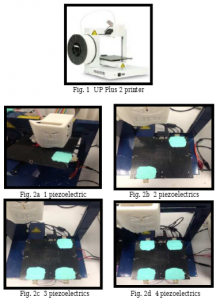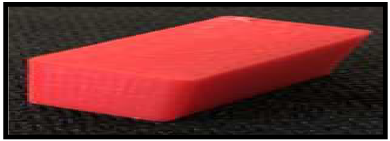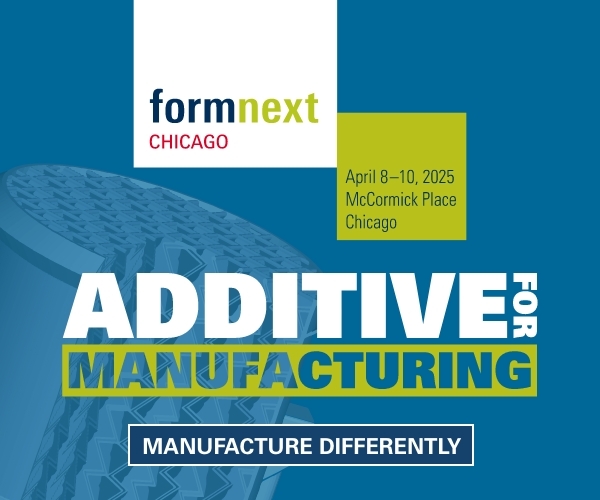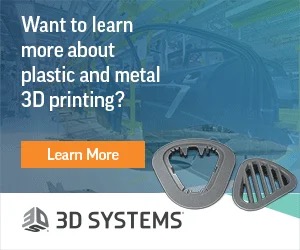 Stair stepping is a common problem in 3D printing. This is when seam lines appear between layers and excess material is left as a residue on the print, negatively affecting its surface finish. For many applications, surface finish is an important component, so experts are always looking for ways to improve it. In a paper entitled “Improvement of Surface Finish by Multiple Piezoelectric Transducers in Fused Deposition Modeling,” a group of researchers apply ultrasound in an attempt to improve the surface finish of 3D prints.
Stair stepping is a common problem in 3D printing. This is when seam lines appear between layers and excess material is left as a residue on the print, negatively affecting its surface finish. For many applications, surface finish is an important component, so experts are always looking for ways to improve it. In a paper entitled “Improvement of Surface Finish by Multiple Piezoelectric Transducers in Fused Deposition Modeling,” a group of researchers apply ultrasound in an attempt to improve the surface finish of 3D prints.
Chemical post-processing, the researchers point out, is an effective way to improve surface finish, but it results in a slight change to the print, which may be unwanted. An alternative is the use of ultrasonic technology, which is often used in machining and improves both surface finish and fatigue strength. The piezoelectric components create ultrasonic vibration, which vibrate in a vertical direction and enhance surface finish in laser assisted machining. The researchers decided to apply the technology to 3D printing to see if a similar effect could be had.
In ultrasonic technology, a tool vibrates at a high frequency and pumps an abrasive slurry between the tool and the component to be finished. The process does not create a chemical reaction, and thus does not result in any chemical corrosion of the component. Mostly the technology has been used in subtractive manufacturing, but the researchers in this study thought it could be just as effective with FDM 3D printing.
The researchers used an UP Plus 2 3D printer to print several ABS samples.
“In order to assist the experiment, a common piezoelectric transducer performing in a horizontal wave or vibration mode was fixed and securely attached in contact with the hotbed of FDM machine,” the researchers state. “To guarantee the vibration will disseminate thoroughly, the piezoelectric transducer was attached to the whole surface. Most of the major challenge was the positioning of the piezoelectric transducer on the hotbed platform. The intention to assure that it mounted perfectly without making any contact or hitting 3D printer parts, while the 3D printer performing calibration and printing movement.”
The samples took the form of rectangles with four surfaces, but only one surface was focused on for the application of piezoelectricity. The researchers applied different numbers of piezos and found that with one piezo, the surface finish improved, and with four piezos it improved even more, but it was the highest quality with the application of two or three piezos, interestingly.
The research shows that the application of ultrasonic vibration can indeed reduce the staircase effect that is common in 3D printing, with the effects differing depending on the amount and position of piezoelectricity applied. The researchers believe that the technology could also be applied to different 3D printing methods such as SLA, SLS and Electron Beam Melting, and could have applications in industries such as automotive, consumer products, medicine, sports and more. Further research is recommended to study the consistency of surface finish by printing more complex parts with curved surfaces, for example, or with a different degree of angles. The researchers also recommend studying other materials such as PLA or composite materials.
Authors of the paper include A.S. Mohamed, S. Maidin, S.B. Mohamed, M.K. Muhamad, J.H.U. Wong and W.F.A. Romlee.
Discuss this and other 3D printing topics at 3DPrintBoard.com or share your thoughts below.
Subscribe to Our Email Newsletter
Stay up-to-date on all the latest news from the 3D printing industry and receive information and offers from third party vendors.
You May Also Like
NSF Awards Kentucky $1M for Advanced Manufacturing
The National Science Foundation has awarded a $1 million grant to the University of Louisville for the Advancing Manufacturing and Building Construction Technologies (NSF AMT) project. This initiative is part...
3D Printing News Briefs, May 11, 2024: 3D Printed Stent, Tower, Sculptures, & More
We’re starting off with medical research in today’s 3D Printing News Briefs, as researchers in Korea used CT images and 3D printing to fabricate an educational simulator for a mastoidectomy....
3D Printing Unpeeled: Wind Turbines, Probiotics and Lenses
TPI Composites, ORNL and Ingersoll Rand are working to make wind turbine tooling segments that can be 18.3 meters long. These elements also include resistive wires that help keep the...
Tethon 3D Releases Cost-effective Bioprinter
Tethon 3D, known for its ceramic-loaded DLP materials, custom resins, and DLP 3D printers, has recently released a bioprinter. Vat polymerization printers like DLP systems have been widely used by...


































